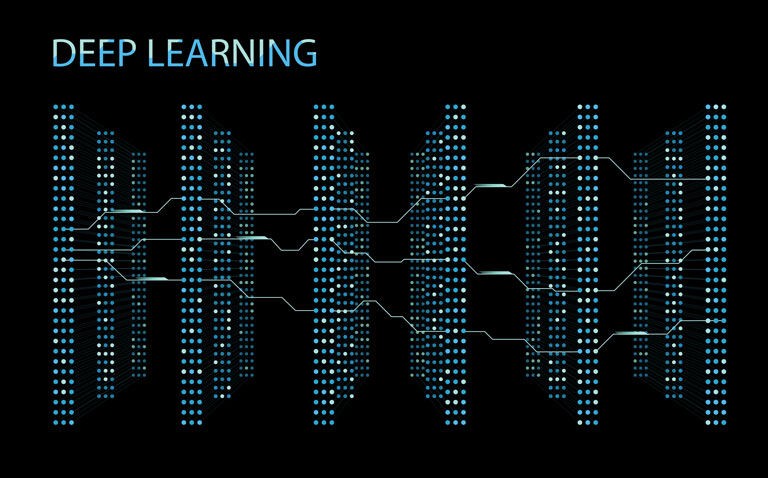An MRI-based deep learning algorithm was superior to both tau and amyloid biomarkers for the identification of prodromal Alzheimer’s disease
The use of an MRI-based deep learning algorithm has been shown to be superior to both amyloid and tau pathology biomarkers for the detection of prodromal Alzheimer’s disease (AD) according to a study by researchers from the Department of Biomedical Engineering, Columbia University, New York,
US.
Alzheimer’s disease biomarkers play an important role in the early diagnosis of the disease and neuropathological hallmarks include amyloid β (Aβ)-containing plaques and tau-containing neurofibrillary tangles throughout the brain. The current AD biomarkers are based on amyloid-β plaques and of tau-related neuro-degeneration whereas brain positron emission tomography can also be used in the diagnosis of Alzheimer dementia.
MRI-based deep learning systems are able to assist with both AD classification and AD’s structural neuroimaging signatures and, for the present study, the US team wondered if a deep learning algorithm might be either comparable to, or even better than, existing biomarkers for the identification of the disease.
In addition, because there are cellular changes prior to evidence of neuronal loss, it might be possible for a deep learning system to detect some of these more nuanced changes prior to the development of AD.
The development of AD is progressive and transitions from a prodromal stage, characterised by mild cognitive impairment (MCI), before the onset of dementia. However, the diagnosis of prodromal AD in a patient with MCI is difficult.
Therefore, if a deep learning algorithm could identify prodromal AD it would represent an invaluable ‘add-on’ to the conventionally acquired MRI scan and have potential utility as a screening tool.
The team therefore wanted to train the MRI-based deep learning algorithm to recognise the prodromal phase and then compared the diagnostic performance against current biomarkers including cerebrospinal fluid (CSF) tau and amyloid beta levels (AB) as well as the tau/AB ratio.
MRI-based deep learning diagnostic accuracy
The deep learning algorithm was first trained using 975 MRI scans from AD patients compared to 1943 MRI scans from control patients. Using receiver operating characteristic analysis (ROC), the deep learning algorithm classified AD dementia compared to healthy controls with an area under the curve (AUC) of 0.973.
Next, the team identified two cohorts of patients; one group diagnosed with MCI but who remained stable over time, and a second group who subsequently progressed to AD. For both groups, CFS amyloid and tau biomarker values were available and used for comparative purposes.
Using ROC analysis, the researcher found that the AUC for the deep learning algorithm was 0.788 for distinguishing between the MCI stable and progressive groups. The corresponding CSF AB, tau and tau/AB ratio AUC values for the same comparison were 0.702, 0.682 and 0.703 respectively and all differences were statistically significant.
In other words, the deep learning algorithm was the best tool for identifying patients with prodromal AD.
Using survival analysis, the researchers also found that the deep learning algorithm outperformed the biomarkers in predicting progression to full AD dementia.
They concluded that the MRI-based deep learning could enhance the value of existing MRI scans by identifying useful information for the purpose of prodromal AD detection, adding that this approach potentially reduces patient burden, risk, and cost.
Citation
Feng X et al. A deep learning MRI approach outperforms other biomarkers of prodromal Alzheimer’s disease Alzheimers Res Ther 2022.










